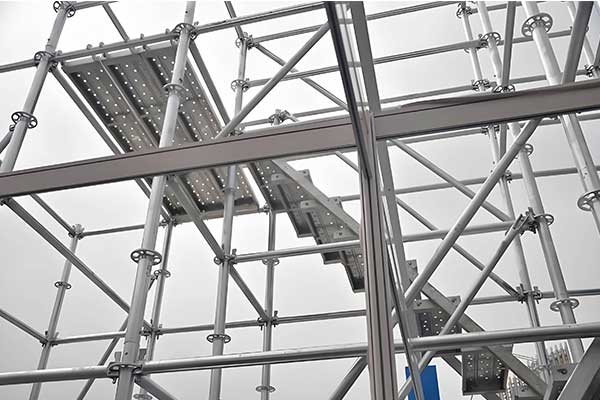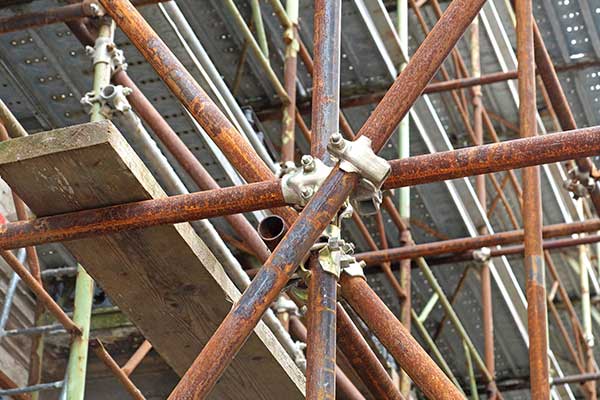Difference Between Modular and Tubular Scaffolding
When it comes to choosing the right scaffolding system for construction or industrial work, modular and tubular scaffolding are two popular options. While both provide essential support and access for workers at height, they differ in design, assembly, flexibility, and applications. Understanding the difference between modular and tubular scaffolding is key to selecting the right solution for your project.

What is Modular Scaffolding?
Modular scaffolding, also known as system scaffolding, is a pre-engineered scaffolding system made up of standardized components that fit together using fixed connection points. Popular types include Ringlock, Cuplock, Frame, and Kwikstage systems. The components are designed to easily lock together without the need for nuts and bolts.
Key Features of Modular Scaffolding:
- Prefabricated components for faster assembly
- High load-bearing capacity
- Versatile for complex structures
- Safe and stable design

What is Tubular Scaffolding?
Tubular scaffolding, also known as conventional scaffolding, uses steel or aluminum tubes and couplers to create a temporary structure. It is often referred to as tube and clamp scaffolding. The system is highly flexible because the tubes can be assembled in various configurations using clamps.
Key Features of Tubular Scaffolding:
- Highly customizable layout
- Cost-effective for simple projects
- Requires skilled labor for setup
- Takes more time to assemble and dismantle
- Widely used for irregular structures
Modular vs. Tubular Scaffolding: A Comparison
| Feature | Modular Scaffolding | Tubular Scaffolding |
|---|---|---|
| Assembly Time | Quick and easy | Time-consuming |
| Flexibility | Medium to high (depends on system) | Very high |
| Labor Requirement | Less skilled labor needed | Skilled labor required |
| Stability & Safety | Highly stable and safe | Depends on setup quality |
| Initial Cost | Higher upfront cost | Lower initial cost |
| Maintenance | Low maintenance | Regular inspection needed |
| Common Uses | Industrial, commercial projects | Renovation, irregular structures |
Which One Should You Choose?
The decision between modular and tubular scaffolding depends on your project needs:
- Choose Modular Scaffolding if: You need quick setup, enhanced safety, and are working on large-scale or repetitive construction projects.
- Choose Tubular Scaffolding if: Your project involves irregular shapes, or you’re looking for a budget-friendly solution with flexibility in design.
FAQs
Yes, modular scaffolding is generally stronger and more stable due to its pre-engineered design and fixed connection points.
Yes, tubular scaffolding is reusable, but it requires more maintenance and inspection before each use.
Modular scaffolding may have a higher initial cost but tends to offer better long-term value due to lower labor costs, quicker assembly, and reduced maintenance.
It can, but not as efficiently as modular systems. For heavy-duty applications, modular scaffolding with engineered load-bearing capacity is generally preferred.
Both systems can last many years if properly maintained. However, modular scaffolding tends to experience less wear and tear due to its precision fittings and lower handling complexity, potentially giving it a longer effective lifespan.
Final Thoughts
Both modular and tubular scaffolding systems have their advantages depending on the scope and complexity of the project. Modular scaffolding offers speed, safety, and efficiency, while tubular scaffolding offers flexibility and cost savings.
Need high-quality scaffolding for your next project? Contact us today for reliable scaffolding solutions customized to your needs!
